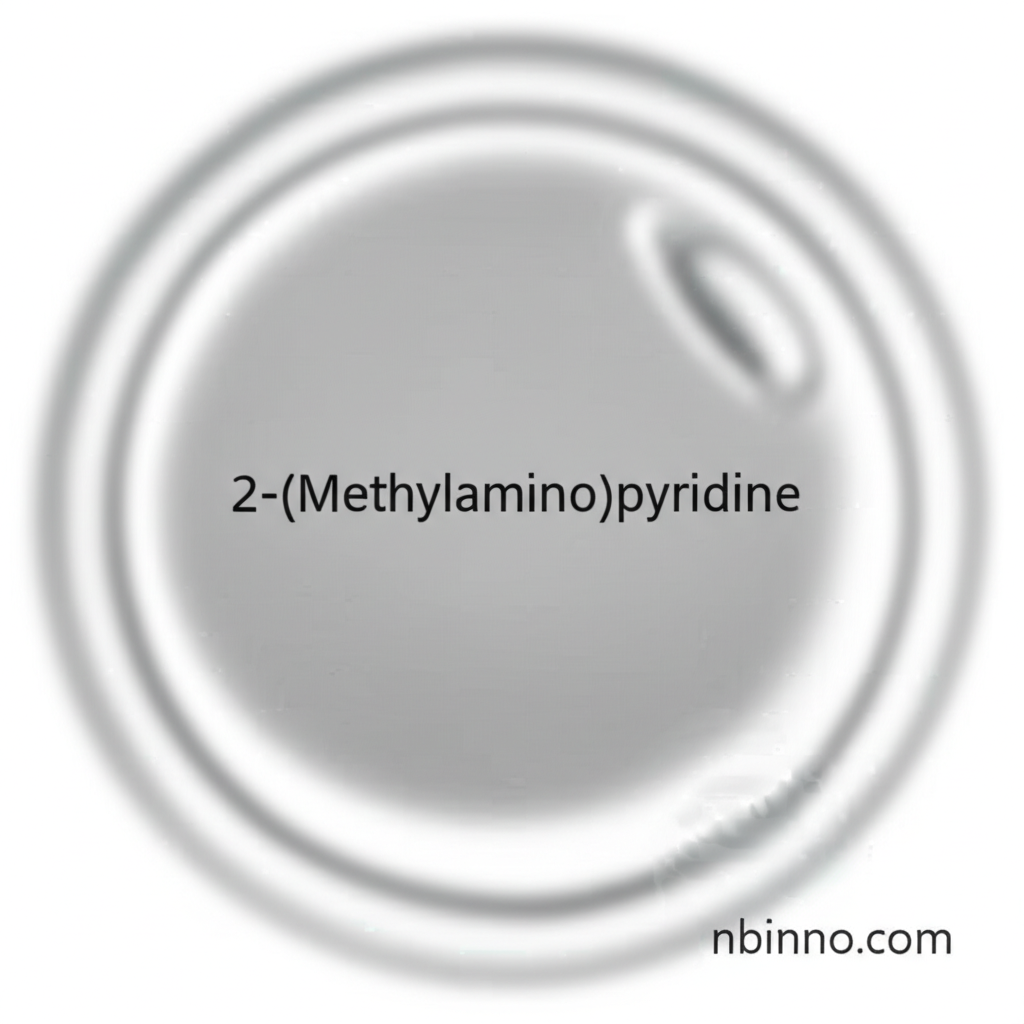2-(Methylamino)pyridine: A Versatile Heterocyclic Intermediate
Discover the crucial role of 2-(Methylamino)pyridine in advancing pharmaceuticals, agrochemicals, and material science.
Get a Quote & SampleProduct Core Value

2-(Methylamino)pyridine
2-(Methylamino)pyridine (CAS: 4597-87-9) is a significant heterocyclic compound that serves as a vital building block in various chemical industries. Its unique structure, featuring a pyridine ring with a methylamino substituent, imbues it with properties essential for complex syntheses.
- Unlock new therapeutic potential by utilizing this as a key intermediate in the synthesis of neurologically active drugs, a critical aspect of modern drug design.
- Explore advanced agrochemical intermediates that leverage the versatility of heterocyclic compounds in agrochemicals for effective pest and pathogen control.
- Discover its utility as a ligand in coordination chemistry, enabling the formation of stable metal complexes vital for catalytic processes and material science innovations.
- Leverage its anticancer properties, as pyridine derivatives like this compound show promise in the development of novel anticancer agents.
Key Advantages
Versatile Synthetic Utility
As a key intermediate in organic synthesis, 2-(Methylamino)pyridine facilitates the creation of complex molecules, proving invaluable for pyridine derivatives in drug design and specialty chemical production.
Broad Industrial Applications
Its applications span pharmaceuticals, agrochemicals, and even environmental solutions like CO2 capture, showcasing its adaptability and importance across diverse sectors.
Catalytic and Material Science Potential
The compound's ability to act as a ligand in coordination chemistry opens avenues for developing advanced catalysts and functional materials, contributing to innovation in material science.
Key Applications
Pharmaceutical Synthesis
Utilized as a crucial intermediate in the synthesis of drugs, particularly those targeting the central nervous system and other conditions, highlighting its role in pyridine derivatives in drug design.
Agrochemical Development
Serves as a vital component in the creation of pesticides and herbicides, contributing to effective pest management and crop protection strategies.
Coordination Chemistry
Acts as a ligand in forming metal complexes, essential for applications in catalysis and material science, demonstrating its value as a ligand in catalysis.
Material Science & Environmental Solutions
Explored for its potential in developing new materials and for applications like CO2 capture, showcasing its utility in specialty chemicals for material science and environmental sustainability.
